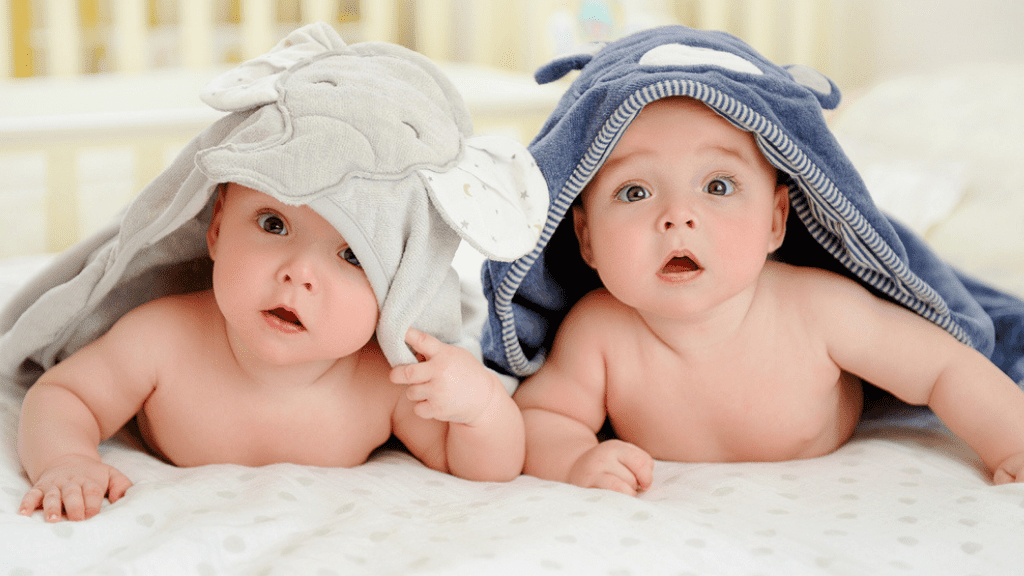
Table of Contents
Did you know that some twins can be born years apart, speak their language, and start playing with each other in the womb itself? There are a lot of fun facts about twins that make them so darn fascinating. You must have dreamt of having an identical partner in crime when you were a kid. Some women even switch to conception-friendly diets to increase the chances of conceiving twins.
Let us get to know 12 interesting facts about twins that you won’t believe are true!
1. Twins are Multiplying
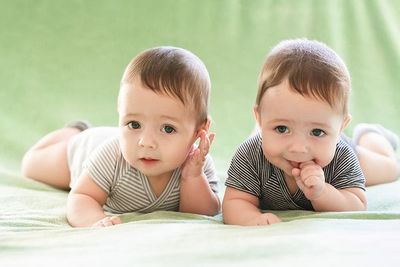
A recent CDC report states that the birth rate of twins in the United States has increased to 76 percent since the 1980s. 1 in every 30 babies born in the year 2009 was a twin. In the 1980s, however, the probability of having twins was 1 in every 53. Why is this upsurge of the binary babies taking place?
- The age of women has trended up over the years which is why a woman in her 30s is more likely to have twins than a woman in her 20s.
- Age is an independent variable for having twins but it correlates with the increase of fertility treatments which is the biggest contributor to the increase of twin births.
There are certain complications to twin births or multiple births such as,
- The weight of the babies will be very low which increases the chances of long-term health issues like asthma.
- The mother can also get affected by multiple births like diabetes, gestational hypertension, and going under C-section.
2. The Twin Gene
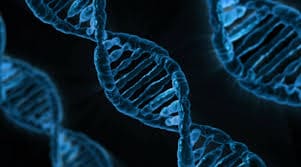
Have you come across families with multiple sets of twins? There is a scientific reason behind the multiplying, called hyperovulation.
- Hyperovulation or multiple ovulation occurs when more than one egg is released by an ovary or both the woman’s ovaries release an egg.
- This is caused by the inheritance of a particular gene that has not been identified as of yet.
- Hyperovulation leads to the conception of fraternal twins and what about identical twins? They are born when an egg splits in half but we still don’t know what causes it.
- The Follicle Stimulating Hormone (FSH) levels will fluctuate when the eggs in the ovaries are mature. If its level stays high for too long, the ovaries tend to release multiple eggs. It is the first in the chain of causes for conceiving fraternal twins.
The gene is passed on to the parents’ children making it possible for multiple twin births in the family. There is also the fact that twin births skip generations. This theory might be so because only women are affected by hyperovulation but men do pass it on to their daughters hence, they might “skip” a generation.
3. Facts About Twin Babies: They Can Be Born Years Apart!
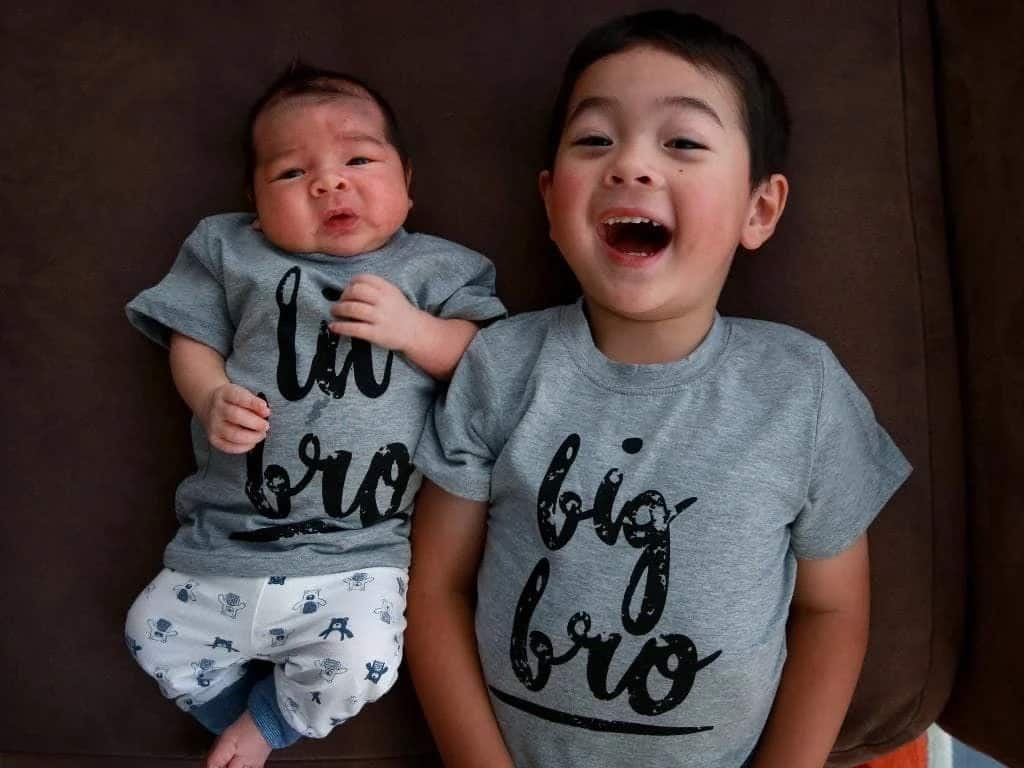
Generally, twins are born at the same time but through the modern science of in-vitro fertilization, babies from a similar batch of embryos can turn out to be a set of twins.
What is in-vitro fertilization?
- In-vitro fertilization is a type of fertilization where sperm and an egg are combined in vitro.
- It involves stimulating and monitoring the woman’s ovulatory process to remove an ova or an ovum from their ovaries.
- This egg is then fertilized by a sperm in a culture medium in a laboratory.
During this treatment cycle, parents have the option of freezing the embryo that did not fertilize and then repeating the same procedure later on to conceive another baby. There are chances of this baby turning out to be a twin of the elder one.
4. Twins Can Have Different Races and Different Dads

So now we know twins can be of different ages but do they have to have the same set of parents? Here’s another fun fact about twins. Twins with different dads and/or races is extremely rare but possible. A woman releases two eggs during her ovulation and gets impregnated by two different men at the same time of her cycle. It may lead to heteropaternal superfecundation.
- Superfecundation is the type of fertilization that occurs when two or more ova from the woman’s same cycle are fertilized from separate acts of sexual intercourse.
- These twins have two biological fathers.
- Heteropaternal superfecundation can also occur due to a botched fertilization process.
5. The Twin Talk
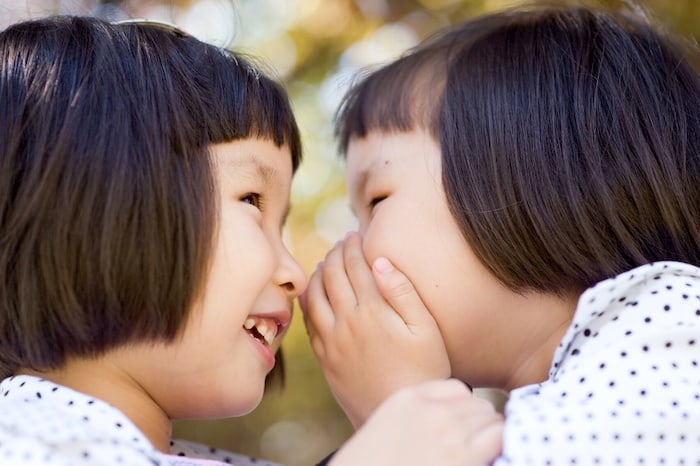
Confused about your twins’ gibberish? You are most likely witnessing an idioglossia, another fun fact about twins. An idioglossia is an idiosyncratic language spoken and invented by one person. It is an autonomous language shared and created between twins.
Research published in the journal “Institute of General Linguistics” states that about 40 percent of twins always invent their language to communicate to their twin. Researchers also believe that siblings who are not twins but are especially also sometimes end up communicating in their special language by putting meanings to utterly nonsensical sounds. Once their vocabulary expands, their special language will somewhat disappear but not always.
The authors of the book Twin Connections: Stories That Celebrate the Mysterious Bond Behind Twins, Heather and Denise Allan (who are identical twins themselves) say that they spoke to each other in a language that no one could understand nor could they make them understand. They did not realize this until they were 6 or 7 years old when someone pointed it out. Now that is one wowsome fact about twins.
6. The Twin Bonding

Here’s another fun fact about twin babies, they share an emotional unbreakable bond with their siblings. At 14 weeks old, twin babies in the womb reach out for each other touching arm to head and head to head. At 18 weeks, they stroke each other or are in some kind of physical contact most of the time. They are extremely sensitive to each other and are cautious when they are in physical contact.
Another amazing thing to notice is that twins socially interact with each other after hours of birth suggesting that they are naturally wired to do so.
7. Guess What, There's A Twin-Inducing Diet!

The study published by Gary Steinman in the Journal of Reproductive Medicine shows that women who consume dairy products have higher chances of conceiving twins. So want to birth twins? Stock up on that milk and cheese.
- Steinman’s study is based on the twin birth rate of vegans (who don’t consume any animal product, including dairy) and non-vegans. He discovered that non-vegans have 5 times more chances of having identical or fraternal twins.
- Steinman in the British journal The Lancet explained that the levels of IGF (insulin-like growth factor) are 13 times higher in non-vegan women than in vegans. This is the protein that increases the sensitivity of the woman’s ovaries to FSH (follicle-stimulating hormone) and leads to ovulation.
- It has also been found by researchers that obese or breastfeeding women tend to have higher chances of conceiving twins. The numbers are 9 times more than what non-breastfeeding women have.
8. The Brazilian Twins Story

In the small South American town of Candido Godoi, a whopping 8 percent of the total births were twins compared to less than 1 percent of the entire country. It happened between the years 1959 to 2008 in the small village of Sao Pedro and was the curiosity of the entire medical community.
What is the reason for the upsurge in these double births? According to an article in The New York Times, people believed it had some time to do with the water in the area. But recent research has have confirmed this rumor to be untrue after conducting a series of DNA tests. They confirmed that due to inbreeding the hyperovulation gene ran rampant in the women in the area.
Guess what Candido Godoi is not the only town known for its twin population. Baker High School at Baldwinsville in New York was in the headlines for having 12 sets of twins graduate at the same time which lead them to have a Guinness World Record.
9. Is It Okay To Separate Twins At Birth?
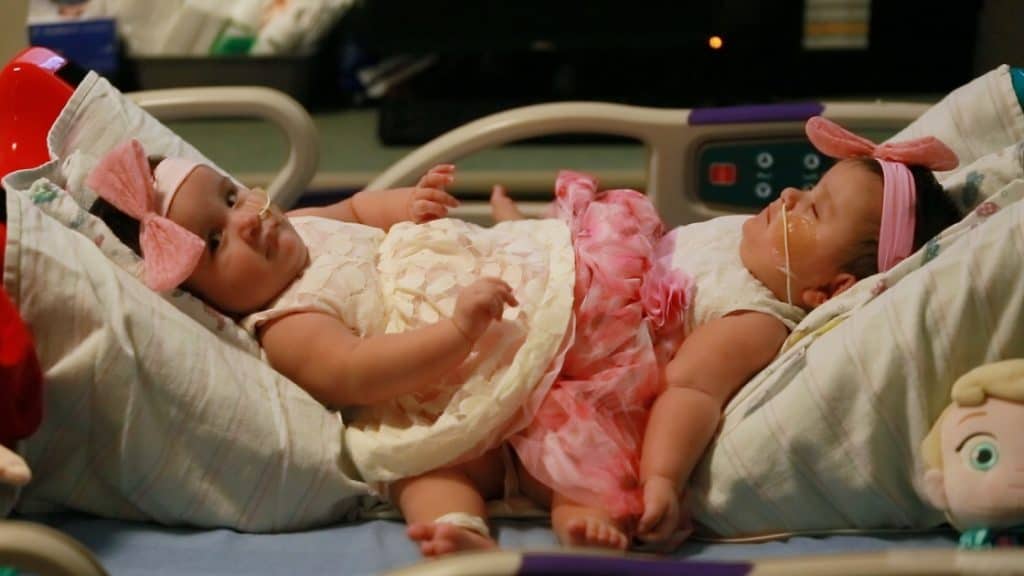
When twins get separated at birth, they come under the radar of researchers and medical experts. Do they have the same health habits? Are they psychologically equal? Do they have separation anxiety? These are some of the questions that pop up and make researchers curious. However, very few twins have been separated at birth so this area of study seems a little vacant.
Let’s read about a case of Chinese twins who were separated at birth. Meredith Ellen Harrington and Meredith Grace Rittenhouse were fraternal twins who were born in China but were adopted by two different American families in the year of 2003. Neither of the families knew that their girl had a twin. In the article published in Newsweek, it is reported that when Meredith Ellen was two years old she told her parents that she wanted a sister, and likewise when Meredith was three years old and was asked what she wanted to become in the future, she replied, “Sister”.
A few years later, Meredith Grace’s father found Meredith Ellen on the site of the same agency that they had adopted from which led to the happy reunion of the twin sisters.
10. Fun Facts About Identical Twins

Identical twins come from the same egg and look so similar that it is almost impossible to tell them apart. But their close family members and friends would know that they are not carbon copies of each other. Researchers are still undergoing studies to find out why identical twins are not similar as was once popularly thought.
In a study published in the Proceedings of the National Academy of Sciences, it has been stated that several environmental factors such as chemical exposures and dietary habits cause the dissimilarity between identical twins over time. These effects are also termed epigenetic effects. Identical twins may
- Start to look less similar over the years
- Can have contrasting personalities
- May contract a disease like cancer which the other twin might not have
Facts About Twins: Final Words
Weren’t you curious about your twin friends and asked them a thousand questions about their lives and how they sync? We have and every genetic researcher would have. Hope you are as amused by the fun facts about twins on this page as you would be when you meet a twin. Also, did you know that celebs like Ashton Kutcher, Scarlett Johansson, and Gisele Bundchen have twin siblings?





